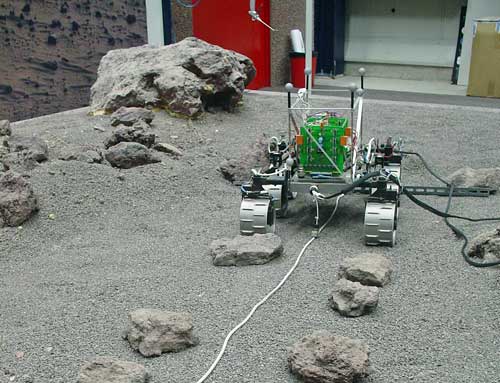OF THE
TIMES
There are periods in the life of humanity, which generally coincide with the beginning of the fall of cultures and civilizations, when the masses irretrievably lose their reason and begin to destroy everything that has been created by centuries and millennia of culture. Such periods of mass madness, often coinciding with geological cataclysms, climate changes, and similar phenomena of a planetary character, release a very great quantity of the matter of knowledge.
Seems to be a trend going on, once a "Global Leader" fucks up enough stuff in a country the replace it.
And here some facts from the "piss summit" in Geneva tha the "Guardian" fails to mention : [Link] Jordan and Iraq withdrew their signatures on the...
German police said the attacker was a 27-year-old Afghan national and his first victim was also from Afghanistan . I'm sure the jewish...
Tangential link: A Redacted interview with a new Polish elected member who is against genocide in Palestine. [Link]
Who really holds power today, and how does AI play into the scheme of things: 'Fogging the Episteme in the Quest for the unHoly Grail' by...
To submit an article for publication, see our Submission Guidelines
Reader comments do not necessarily reflect the views of the volunteers, editors, and directors of SOTT.net or the Quantum Future Group.
Some icons on this site were created by: Afterglow, Aha-Soft, AntialiasFactory, artdesigner.lv, Artura, DailyOverview, Everaldo, GraphicsFuel, IconFactory, Iconka, IconShock, Icons-Land, i-love-icons, KDE-look.org, Klukeart, mugenb16, Map Icons Collection, PetshopBoxStudio, VisualPharm, wbeiruti, WebIconset
Powered by PikaJS 🐁 and In·Site
Original content © 2002-2024 by Sott.net/Signs of the Times. See: FAIR USE NOTICE

Reader Comments
to our Newsletter